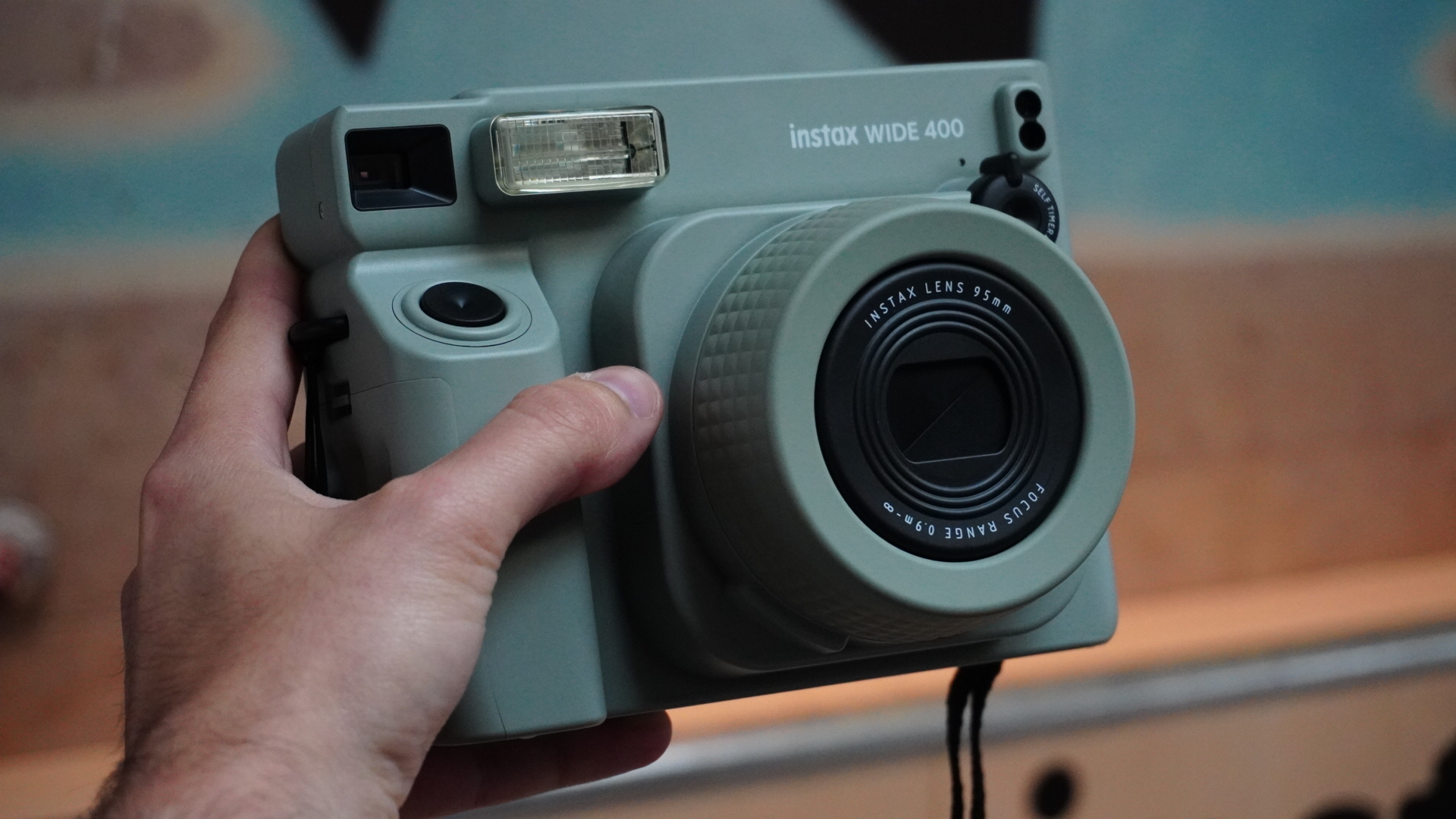
We're massive fans of the best instant cameras here at T3. These retro-tinged units offer a tangible result in minutes, giving your photography a whole new edge.
One of my favourites recently has been the Polaroid Go (Gen 2). That's the smallest instant camera on the market, with an equally miniscule film inside.
It's absolutely dwarfed by my companion for today, though – the Fujifilm Instax Wide 400. This camera marks a triumphant return for the Instax Wide film format, which enjoys a cult-like following around the world.
I spent a morning with the camera, getting to grips with how it works and if it's any good.
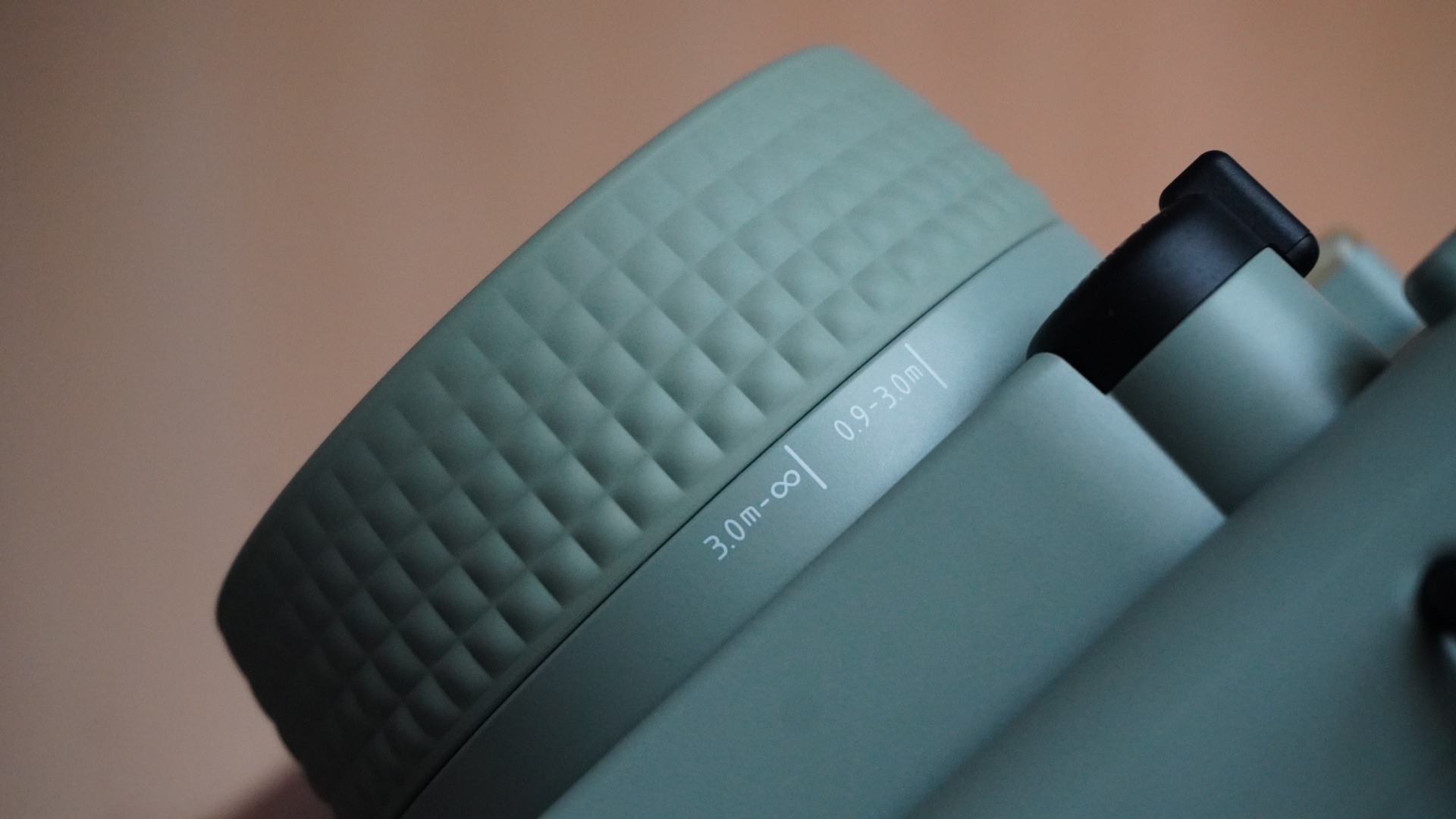
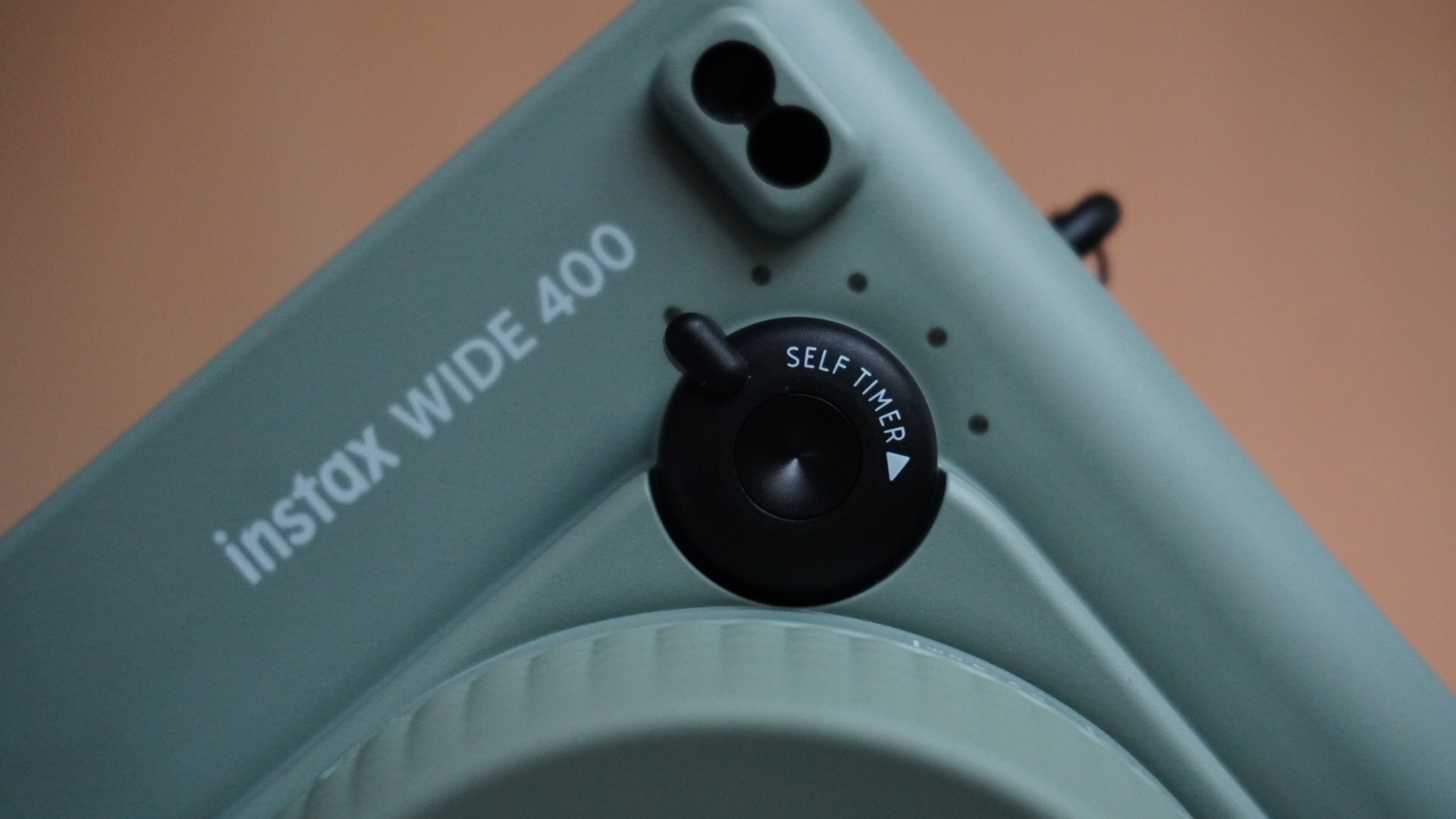
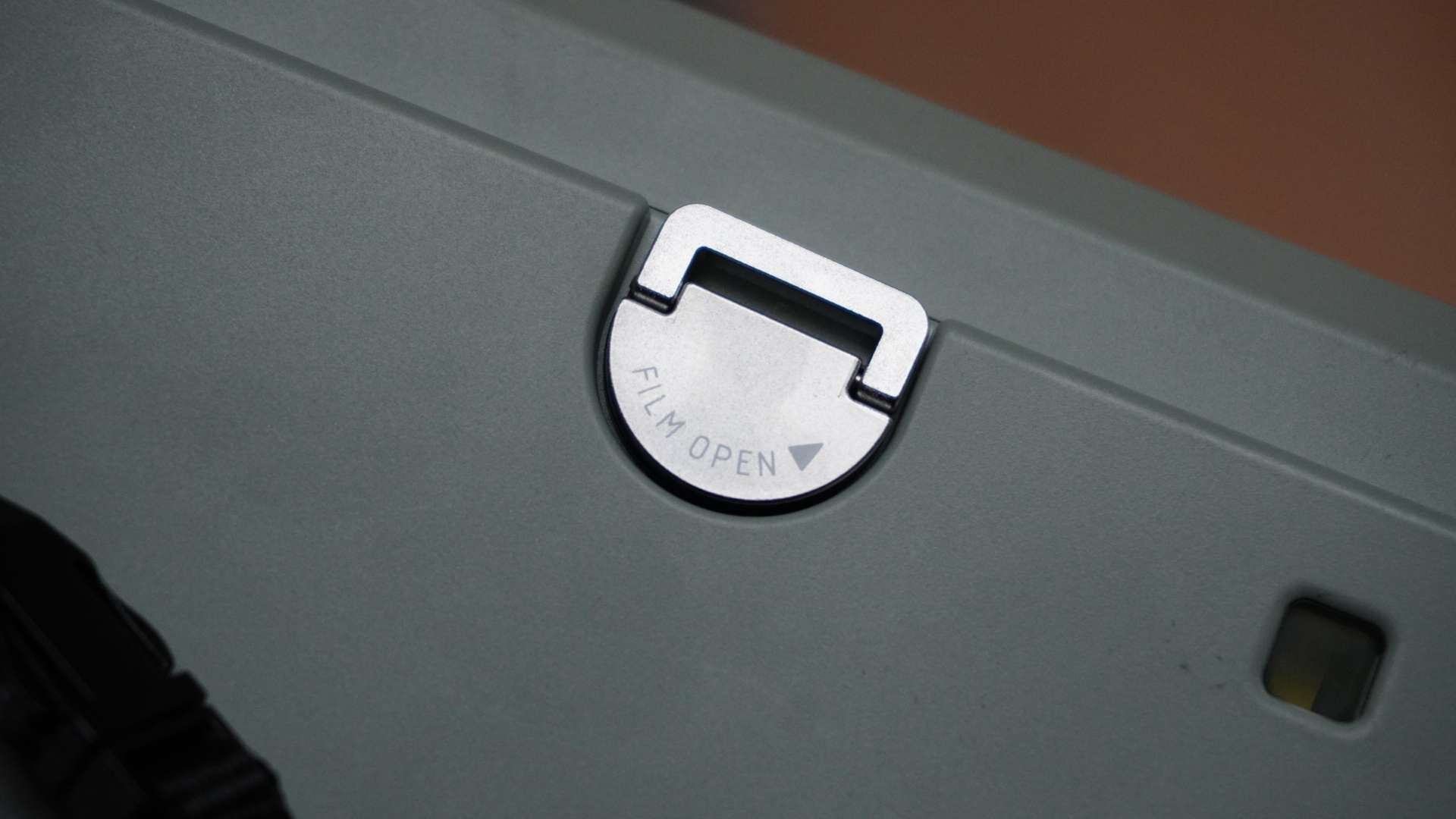
How does the Fujifilm Instax Wide 400 work?
Fortunately, that didn't take long as the Instax Wide 400 is an impressively simple camera. In fact, upon seeing it for the first time, I remarked how similar it was to the Fujifilm Instax SQ40. I reviewed that camera last year, and couldn't fault the incredibly simple operation.
That's much the same here, with very little brainpower required to operate it. A revolving portion around the lens turns the camera from 'off' into one of two distance scales. Users can pick from a focusing distance of 0.9-3m, or from 3m to infinity.
The only other function on the camera is a self-timer. That's a mechanical system, with time selectable in two-second increments by pulling a lever on the front of the device.
One other neat feature is the markings in the viewfinder. They give a sense of the parallax effect when using the the close focus, allowing you to better compose your images.
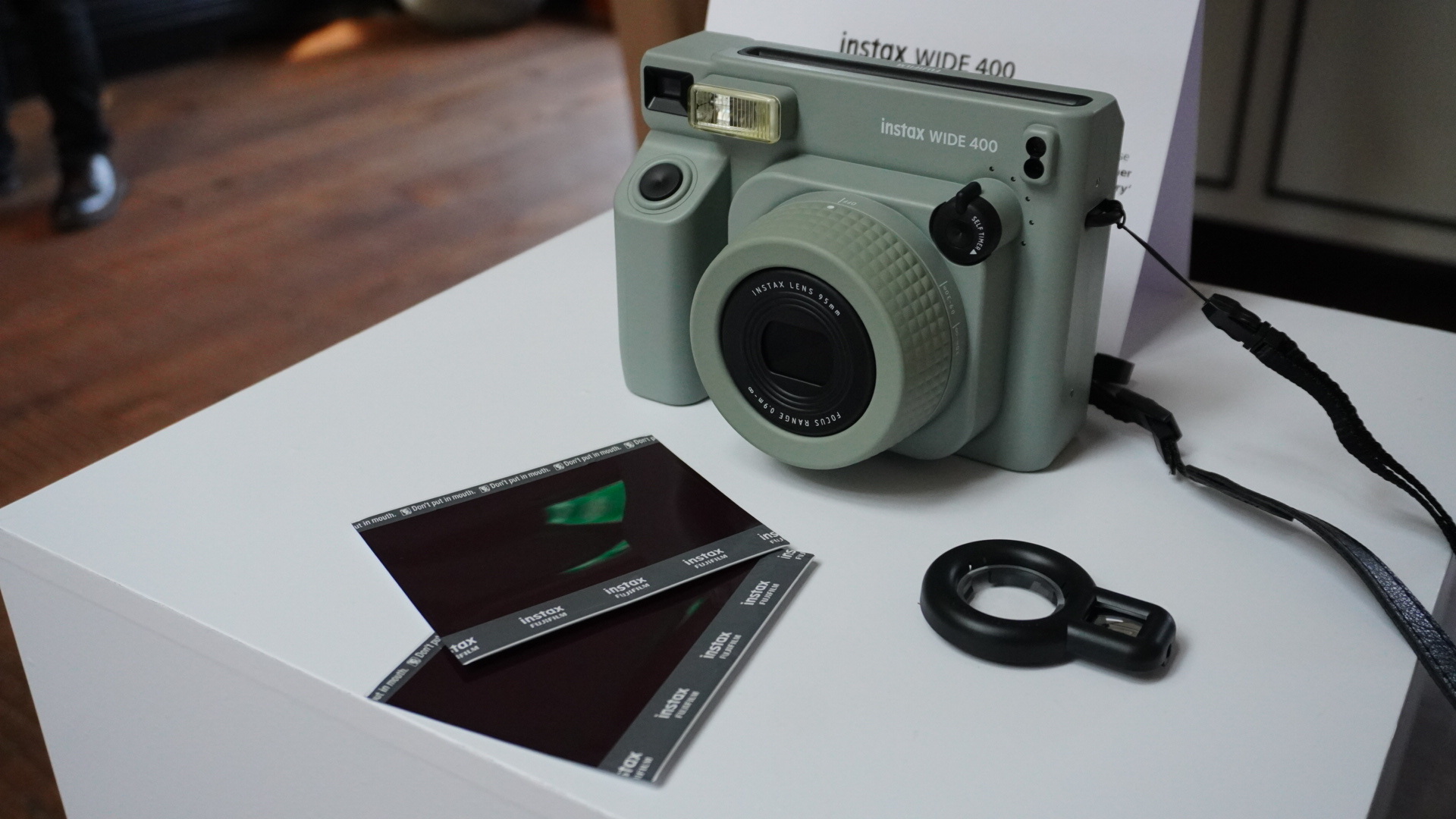
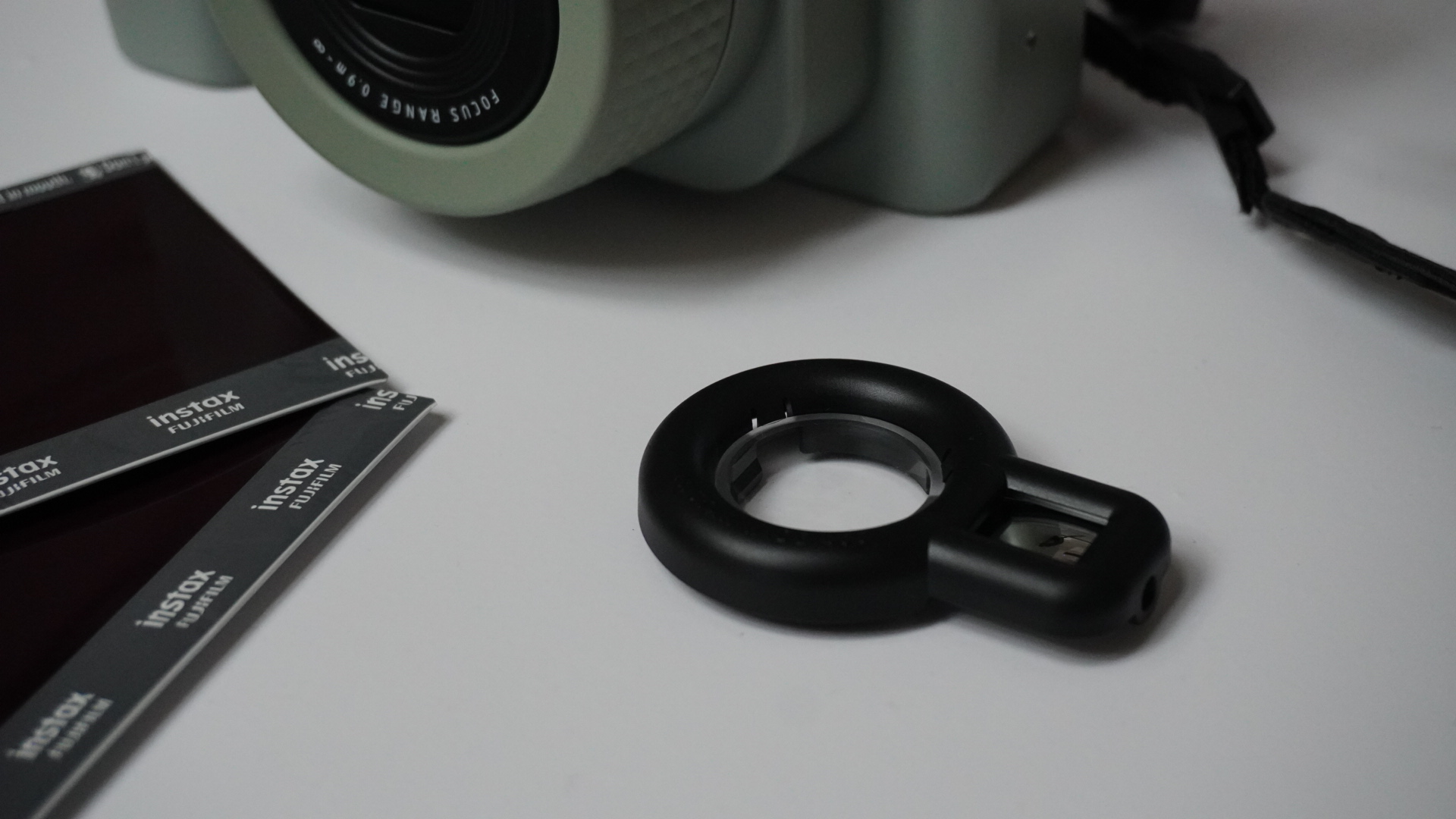

Does the Fujifilm Instax Wide 400 take good pictures?
"All of that is great," I hear you cry, "but what about the image quality?" Well, fear not, dear reader. As you should have come to expect from Instax devices, the image quality is excellent.
Sure, we aren't going to be having conversations about "tack-sharp" here, but that's not the point of these cameras. There's an element of soft focus which is a big part of the appeal.
What you do get is a contextually very sharp image, which is rich with colour. Interestingly, the Instax Wide film seemed to produce a little less saturation than I've come to expect from Instax Square and Instax Mini film. That's something I'll look to test further when I can put the device through a full review.
Beyond that, though, the Wide format is simply brilliant in use. It seems slightly obtuse to simply say "bigger = more good" but that formula really does work here.
The larger your film format is, the more detail you'll be able to capture and the better your image will look. Having the close up capabilities on this camera really accentuates that, offering a subject in close focus with a wider background beyond it.
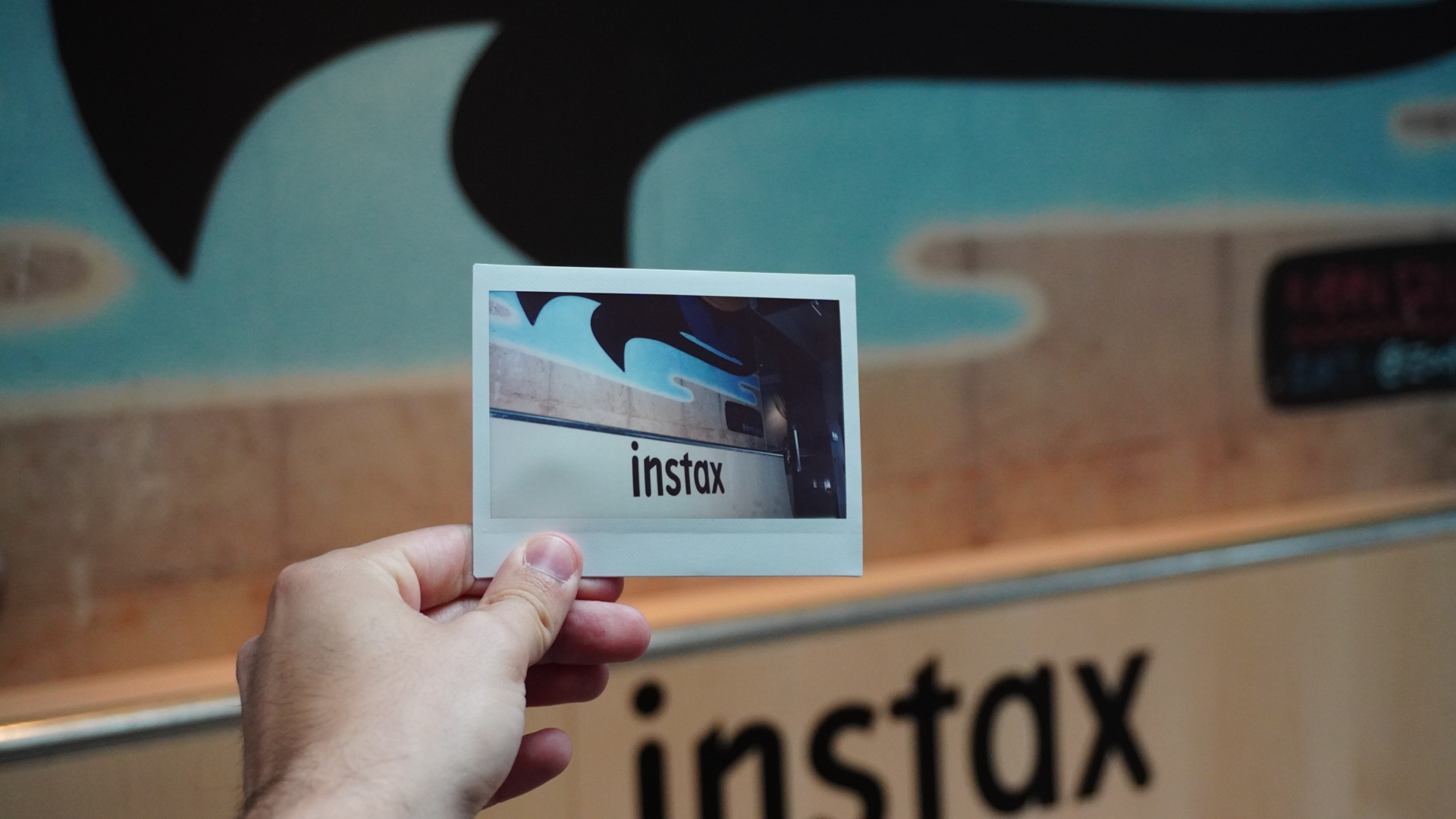

Should I buy the Fujifilm Instax Wide 400?
Ultimately, the biggest competitor for the Instax Wide 400 will be its own ancestors. The Instax Wide 300, for example, enjoys a relatively comparable spec sheet, which will certainly appeal to some.
Those are already selling for exorbitant prices, though. And if you're determined to shoot the wider format, that really only leaves you with the Instax Wide 400. And that's rather a nice place to find yourself.







